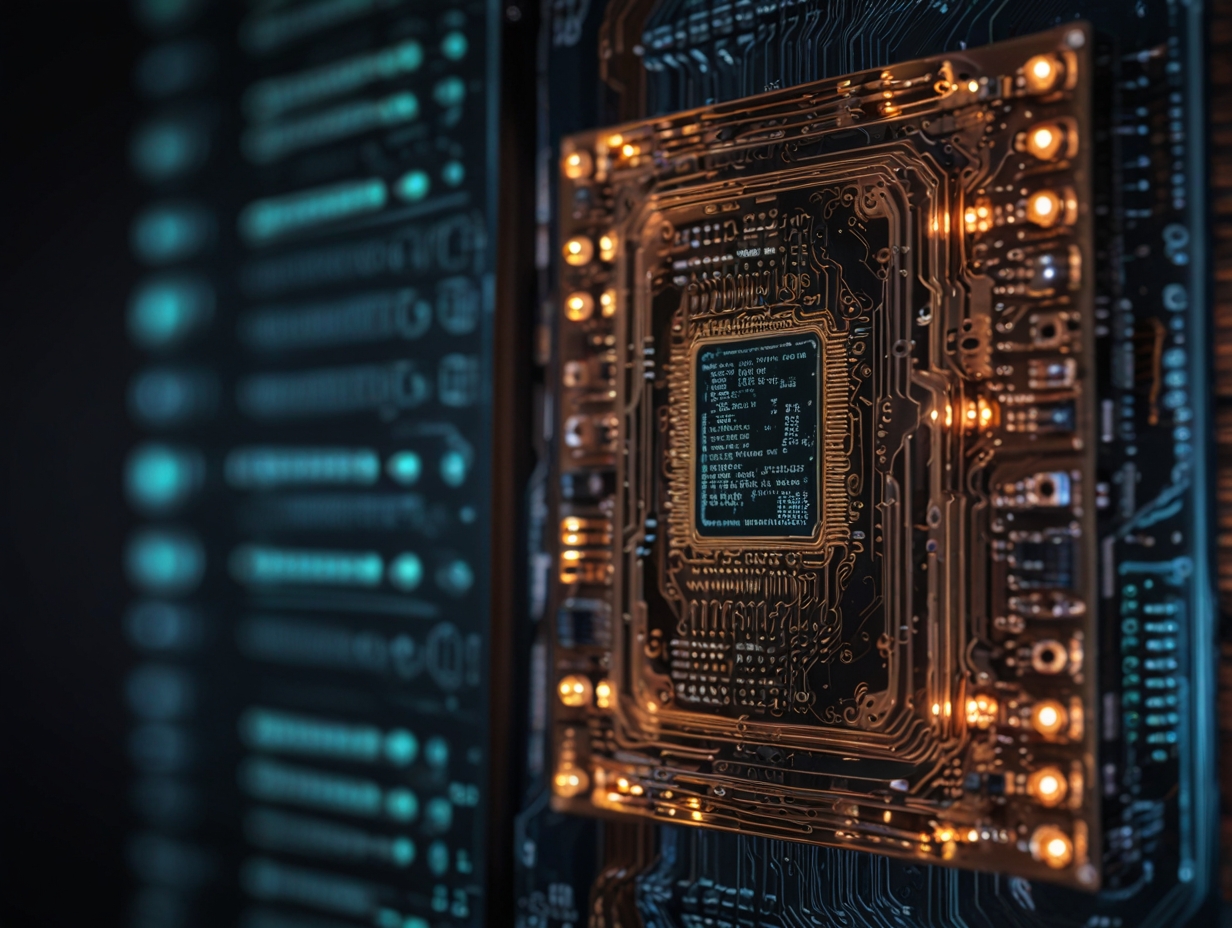In a proactive effort to bolster its technological arsenal, the Pentagon has expedited the development of cutting-edge artificial intelligence (AI) tools. These AI tools are set to provide crucial support to Admiral John Aquilino, who currently serves as the commander of U.S. forces in the Indo-Pacific region.
This strategic move comes in response to the pressing need to address significant challenges, particularly in the context of the evolving threat landscape posed by China. Deputy Defense Secretary Kathleen Hicks recently highlighted the critical role that AI is poised to play in the military’s command and control functions, as well as its potential to revolutionize data analytics and connectivity within the armed forces.
The Pentagon’s ongoing efforts to develop AI applications for Admiral Aquilino’s command underline the strategic importance of AI in modern warfare. With a laser focus on addressing threats from China, Admiral Aquilino is expected to benefit significantly from AI’s capacity to address his most pressing concerns. AI is poised to streamline mission execution, improve the management of military forces, and facilitate more informed decision-making processes.
Rapid expansion of AI endeavors
The Pentagon’s commitment to harnessing AI’s potential is reflected in the extensive scope of its AI initiatives. The Department of Defense is currently overseeing a staggering 800 AI projects, signaling a significant acceleration of its AI endeavors. Moreover, there are tangible month-to-month advancements in AI capabilities at the tactical level, coupled with enhanced management of data flows. These developments underscore the Pentagon’s unwavering dedication to realizing the full potential of AI.
Deputy Defense Secretary Hicks revealed that intelligence analysts, operators, and technologists are actively engaged in hands-on AI experimentation within the Indo-Pacific region. This practical approach is geared toward creating AI capabilities that can be seamlessly integrated into military operations. It represents a crucial step in the Pentagon’s mission to harness AI effectively.
In the face of critical scrutiny and concerns regarding AI’s role in warfare, Deputy Defense Secretary Hicks affirmed that the Pentagon has established a responsible AI usage policy within the military. This policy places significant emphasis on ensuring “meaningful” human control over AI applications, reiterating the Department’s commitment to using AI as a tool under human oversight.
The significance of real-time data sharing
The invaluable lessons derived from the conflict in Ukraine have underscored the pivotal role of real-time data sharing within the armed forces. Deputy Defense Secretary Hicks emphasized that AI is poised to revolutionize the military’s capacity to process vast information swiftly and effectively. This capability, in turn, confers a decisive advantage to any military force.
Central Command oversees thousands of U.S. troops in the Middle East and has taken the lead in advancing AI technologies. However, these advancements are not isolated; they are poised to have a far-reaching impact across all combatant commands. The exchange of AI-driven insights and tools promises to enhance the overall effectiveness of U.S. military operations.
Amidst ongoing debates and concerns surrounding AI’s role in warfare, Deputy Defense Secretary Kathleen Hicks underscored the Pentagon’s unwavering commitment to responsible AI usage, emphasizing maintaining human oversight. As AI continues to evolve and demonstrate its value on the battlefield, the U.S. military remains poised to uphold its technological advantage in a dynamic geopolitical landscape.





